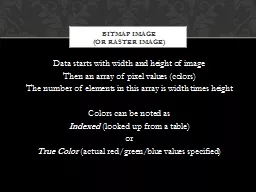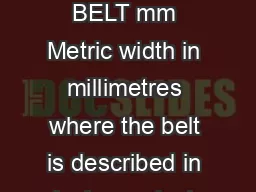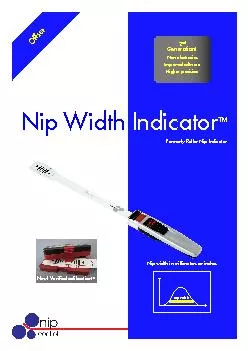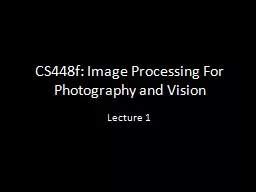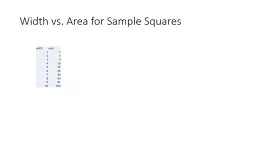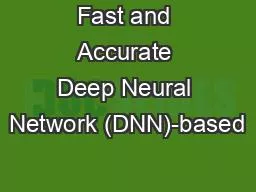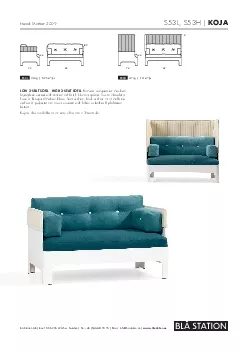PPT-Data starts with width and height of image
Author : faustina-dinatale | Published Date : 2016-02-21
Then an array of pixel values colors The number of elements in this array is width times height Colors can be noted as Indexed looked up from a table or
Presentation Embed Code
Download Presentation
Download Presentation The PPT/PDF document "Data starts with width and height of ima..." is the property of its rightful owner. Permission is granted to download and print the materials on this website for personal, non-commercial use only, and to display it on your personal computer provided you do not modify the materials and that you retain all copyright notices contained in the materials. By downloading content from our website, you accept the terms of this agreement.
Data starts with width and height of image: Transcript
Download Rules Of Document
"Data starts with width and height of image"The content belongs to its owner. You may download and print it for personal use, without modification, and keep all copyright notices. By downloading, you agree to these terms.
Related Documents

